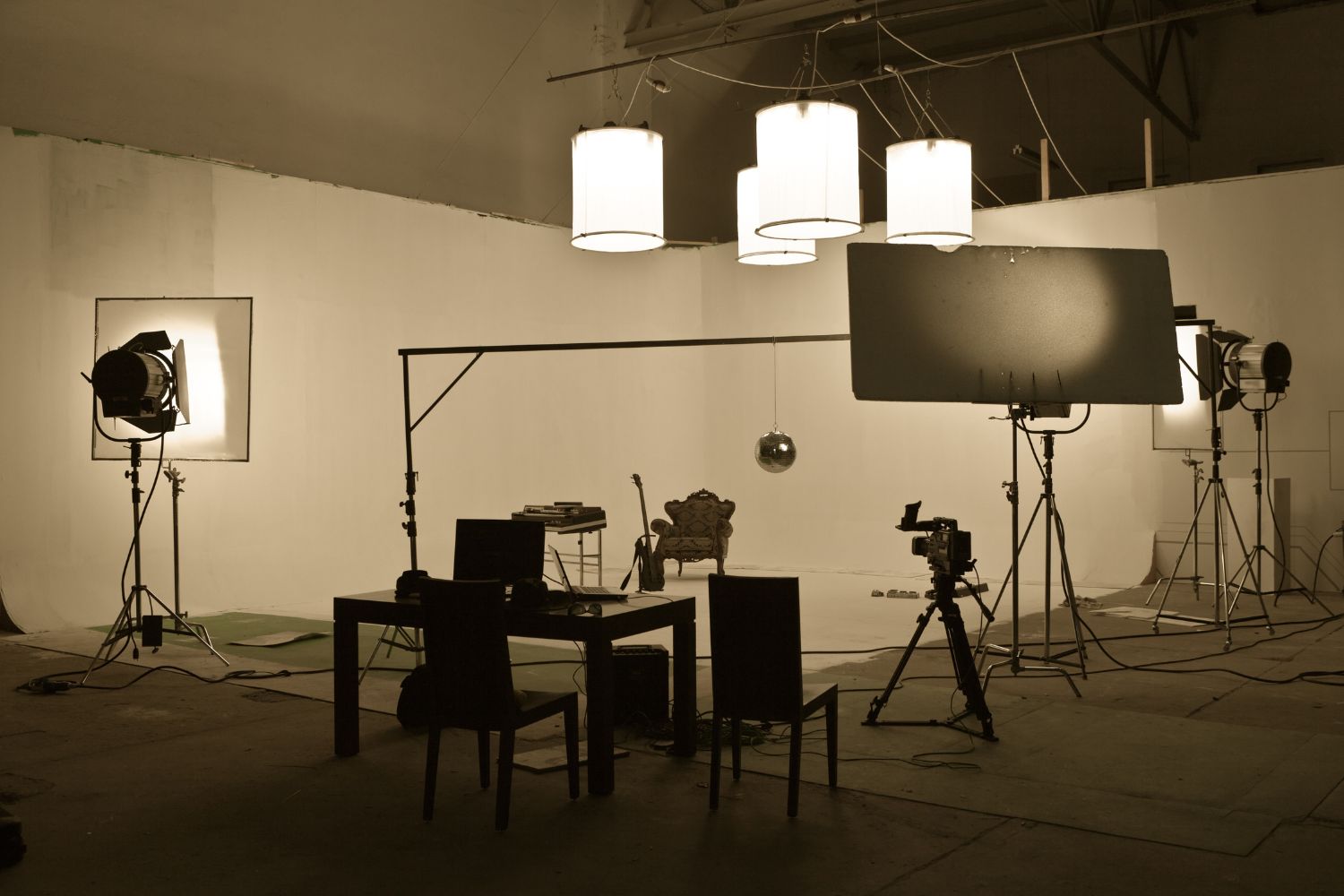
10 Cinematography Tips for Creating Stunning Visuals
Cinematography transcends mere image capturing; it’s a pivotal art form that shapes the essence of visual storytelling in films and videos. In this insightful guide, we explore 10 essential cinematography tips that are fundamental in crafting stunning visuals. Whether you’re an aspiring filmmaker or a seasoned cinematographer, these strategies, encompassing everything from meticulous planning and preparation to the nuanced use of lighting and lenses, are tailored to elevate your cinematographic prowess and captivate your audience with breathtaking imagery.
1. Use Color to Your Advantage
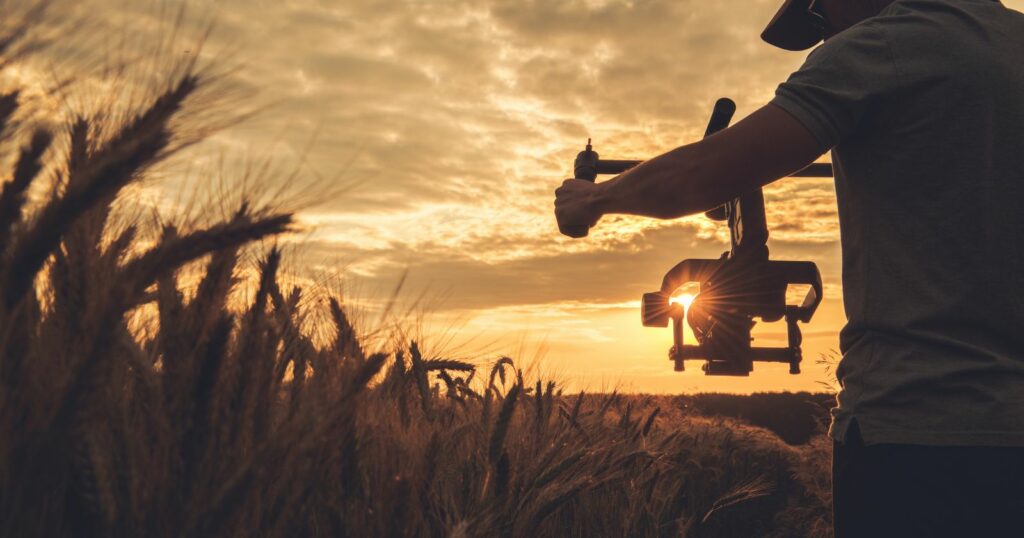
Color is a powerful tool in cinematography. It can set the mood, create a sense of place, and even tell a story on its own. Use color thoughtfully to enhance the emotional impact of your scenes.
Cinematography Tips:
- Mood Setting: Utilize specific color palettes to evoke certain emotions or atmospheres, like using cool blues for a somber tone or warm reds for intensity.
- Symbolic Use of Color: Employ colors symbolically to represent themes, characters, or moods, adding depth to your narrative.
- Contrast and Harmony: Play with contrasting colors for dramatic effect or harmonious palettes for a more cohesive look, enhancing the visual appeal of your scenes.
2. Create Depth with Camera Movement
Incorporating dynamic camera movements like pans, tilts, and dolly shots can add depth and dimension to your shots.
Cinematography Tips:
- Use a Steadicam for Smooth Shots: Employ a Steadicam for fluid, stable movements that add a professional touch to your scenes.
- Incorporate Tracking Shots: Track your subject’s movement with the camera to maintain focus while adding depth and perspective.
- Utilize Dolly Zooms: Create a dramatic effect by zooming in with the lens while moving the camera backward, or vice versa.
3. Find Interesting Shots
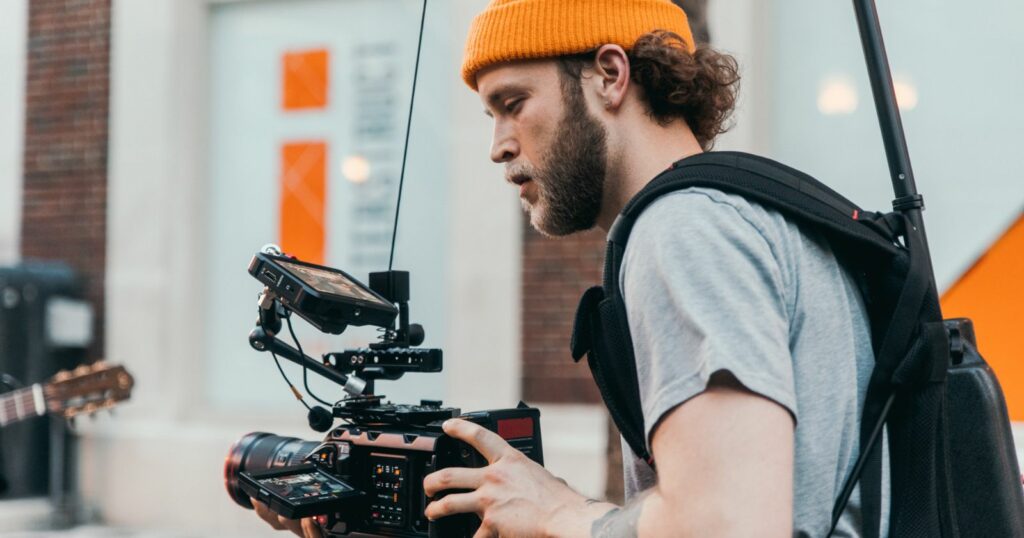
Don’t just settle for the first angle you find. Look for unique perspectives that add visual interest to your story.
Cinematography Tips:
- Explore High and Low Angles: Experiment with high and low camera angles to offer fresh perspectives and convey different emotional tones.
- Use Reflections and Shadows: Incorporate reflections and shadows in your shots for a more artistic and layered visual storytelling.
- Capture Through Objects: Shoot through windows, fences, or foliage to add depth and intrigue to your scenes.
4. Tell a Story with Your Compositions
Composition is key in visual storytelling. How you frame your shots can significantly impact how the audience perceives your story.
Cinematography Tips:
- Rule of Thirds: Divide your frame into thirds, both horizontally and vertically, and place important elements along these lines or their intersections for a balanced composition.
- Leading Lines: Use natural lines in your scenes, like roads or architecture, to lead the viewer’s eye towards the main subject.
- Frame within a Frame: Create a frame within your shot using doorways, windows, or arches to add depth and focus attention on your subject.
5. Use Different Lenses for Mood
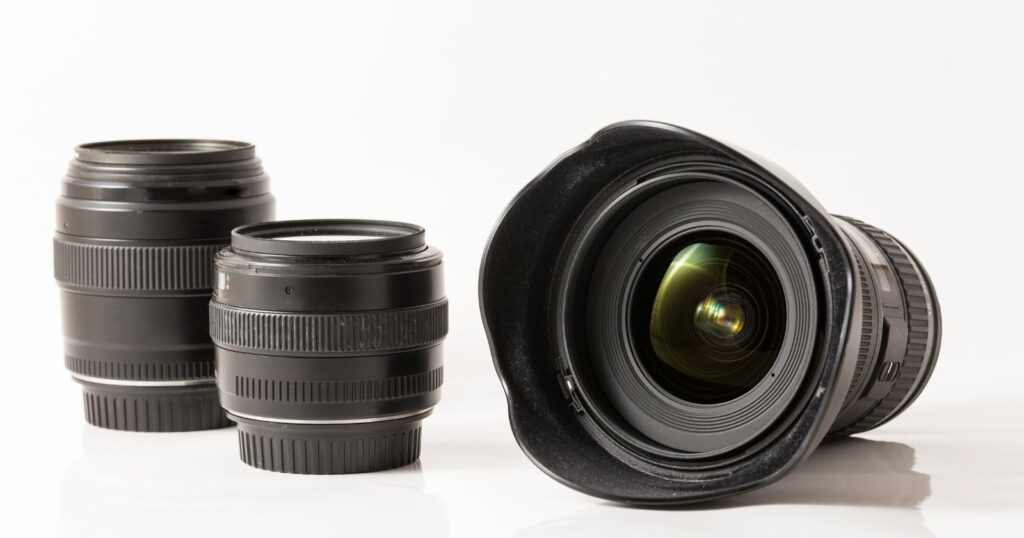
Different lenses can dramatically alter the mood of your film. Experiment with various focal lengths to see how they affect the story you’re telling.
Cinematography Tips:
- Wide-Angle Lenses: Ideal for expansive scenes, they can create a sense of openness and grandeur, perfect for establishing shots or capturing landscapes.
- Telephoto Lenses: Great for intimate close-ups, they compress space and bring distant objects closer, focusing attention on the subject.
- Prime Lenses: Known for their sharpness and fixed focal length, prime lenses encourage creative framing and movement, often used for artistic effect.
6. Utilize Natural Light and Backlighting
Natural light can add authenticity and mood to your shots. Backlighting, in particular, can create depth and drama.
Cinematography Tips:
- Golden Hour Shooting: Schedule shoots during the golden hour (shortly after sunrise or before sunset) for soft, diffused light that adds a warm, natural glow to your scenes.
- Backlighting for Silhouettes: Use backlighting to create dramatic silhouettes, enhancing the mystery or emotion of a scene.
- Diffuse Harsh Sunlight: On bright days, use diffusers to soften harsh sunlight, preventing overexposed shots and harsh shadows.
7. Watch Movies for Inspiration
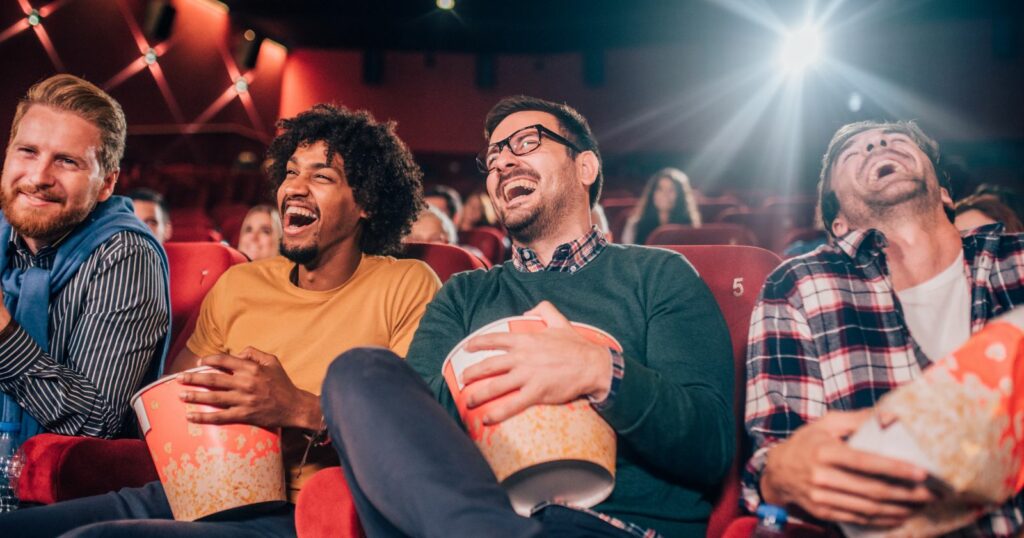
Study films that inspire you. Pay attention to how the cinematography enhances the story and mood.
Cinematography Tips:
- Scene Breakdown: Analyze your favorite scenes, focusing on how the cinematography contributes to the narrative and emotional impact.
- Genre Exploration: Watch movies across different genres to understand how cinematographic techniques vary based on the genre’s demands.
- Director’s Commentary: Listen to director’s commentaries on films for insights into the creative decisions behind the cinematography.
8. Master Lighting Techniques
Good lighting is essential in cinematography. It can create atmosphere, depth, and focus.
Cinematography Tips:
- Key, Fill, and Backlighting: Understand and utilize key, fill, and backlighting to sculpt and enhance your scenes effectively.
- Color Temperature: Experiment with different color temperatures to evoke various moods and atmospheres.
- Natural vs. Artificial Light: Learn to balance and blend natural and artificial light sources for a more realistic or stylized look, depending on your creative vision.
9. Post-Production is Key
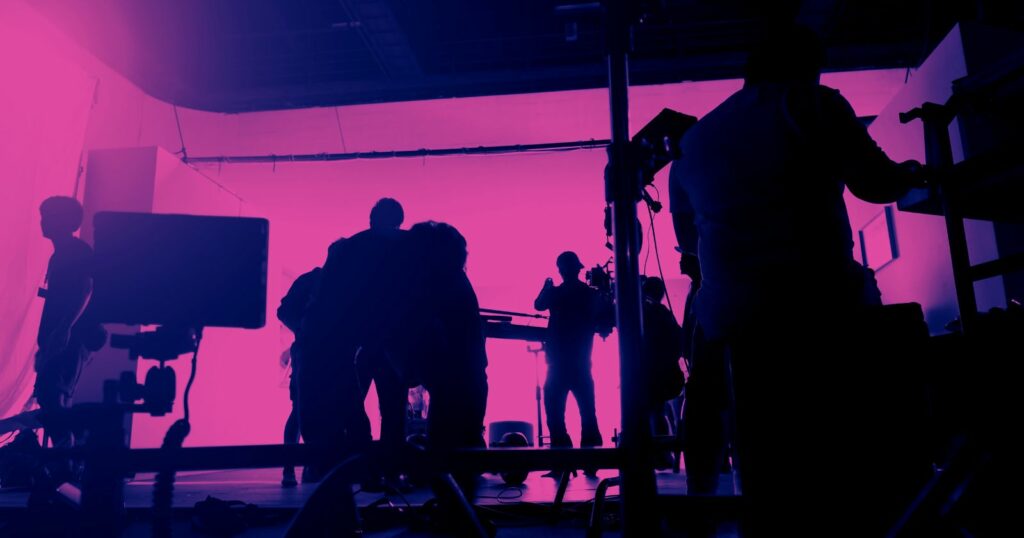
The magic doesn’t end when the camera stops rolling. Use post-production techniques like color correction and sound design to enhance your visuals.
Cinematography Tips:
- Color Correction and Grading: Utilize color correction and grading to set the mood and tone of your scenes, ensuring consistency throughout your film.
- Sound Design Integration: Work closely with sound designers to ensure that the audio complements and enhances the visual storytelling.
- Editing for Pace and Rhythm: Collaborate with your editor to find the right pace and rhythm for your film, using editing techniques to keep the audience engaged and enhance the narrative flow.
10. Story Comes First
Always remember that your primary goal is to tell a story. Every visual choice should serve the narrative.
Cinematography Tips:
- Align Visuals with Narrative: Ensure that your camera work, lighting, and composition all align with and enhance the story’s themes and emotions.
- Character-Driven Shots: Choose shots that reflect your characters’ perspectives and emotions, helping the audience connect with them.
- Avoid Over-Stylization: While creative visuals are important, avoid over-stylizing to the point where it distracts from or undermines the story. Keep the focus on the narrative.
Cinematography Techniques
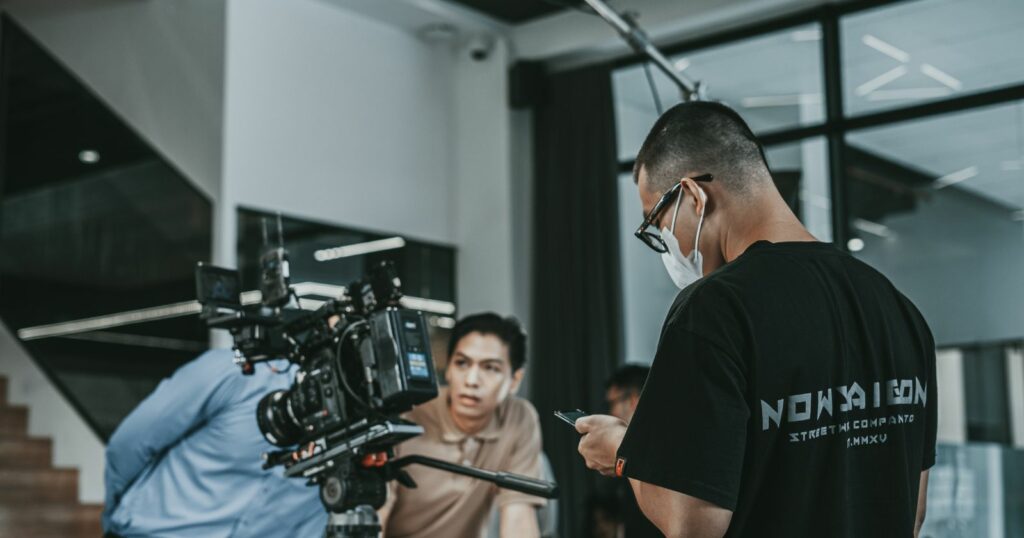
| Technique | Description | When to Use |
|---|---|---|
| Wide-Angle Lens | Captures expansive scenes | For establishing shots or landscapes |
| Telephoto Lens | Magnifies distant subjects | For intimate close-ups or isolating subjects |
| Natural Light | Uses available light sources | For authentic, mood-driven scenes |
| Backlighting | Light source behind the subject | To create silhouettes or highlight edges |
| Color Grading | Adjusts color tones in post-production | To enhance or change the mood |
Additional Cinematography Considerations
Beyond the basic techniques, there are other factors to consider in cinematography:
- Camera Settings: Understanding your camera’s settings like ISO, aperture, and shutter speed is crucial for achieving the desired visual effect.
- Sound Integration: Good cinematography also involves considering how the visuals will integrate with sound, enhancing the overall experience.
- Editing Techniques: The way you edit your footage can greatly impact the final product. Consider the pacing, transitions, and overall flow of your film.
Remember, cinematography is all about creating beautiful visuals that help tell stories or create moods. The tips we’ve covered here are just a few of the many ways you can do this. There are many more techniques and tricks out there that will help you develop your own unique style as well!
